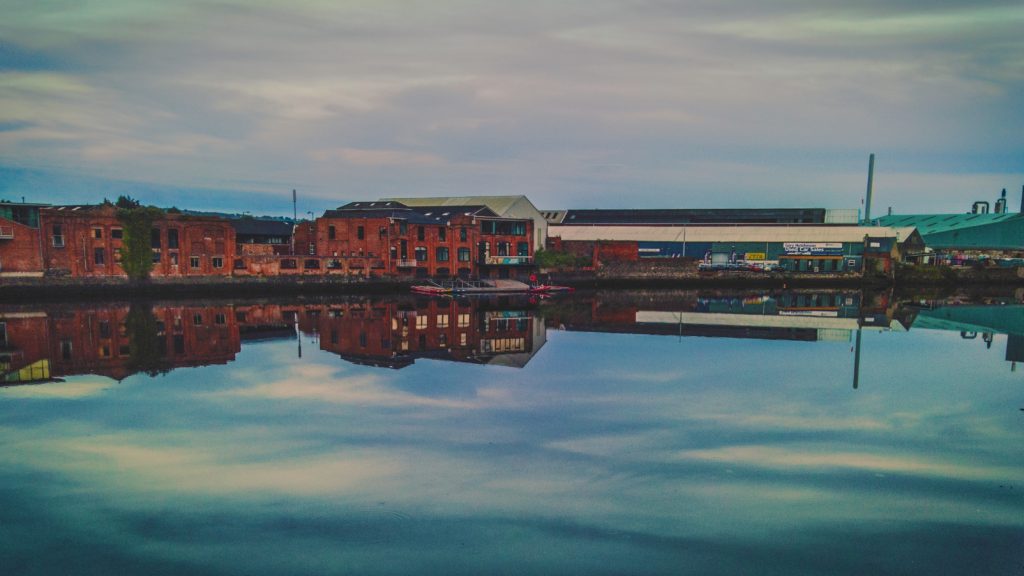My Lagan Love
Do not listen to this while driving. Recently, driving at night on one of our extended trips to a conference, grandkids in tow, Carol put on a recording of Jim Weiss telling bedtime stories. Same problem. I had to request one of Jim’s other CDs—something with a strong plot line and a few surprises to keep me alert.
I promise some flash and bang in next week’s selection. But first let’s relax along the placid Lagan River.

Like so many other times we have turned to folk music, we find an ethnomusicologist wandering through the countryside sometime in the early 20th century. Percy Grainger, Béla Bartók and Zoltán Kodály, a little earlier Oskar Kolberg, and a little later John Lomax. The invention of the gramophone gave us a way to really capture the traditional sounds and document musical elements that notation alone can never capture.
Joseph Campbell (1879-1944), a.k.a Seosamh MacCathmhaoil, did similar work in Ireland. And he is credited with adding the lyrics to a traditional Irish air to create “My Lagan Love.”
Where Lagan stream sings lullaby
There blows a lily fair
The twilight gleam is in her eye
The night is on her hair
And like a love-sick lennan-shee
She has my heart in thrall
Nor life I owe nor liberty
With love is lord of all.
And sometimes when the beetle’s horn
Hath lulled the eve to sleep
I steal unto her shieling lorn
And thru the dooring peep.
There on the cricket’s singing stone,
She spares the bogwood fire,
And hums in sad sweet undertones
The song of heart’s desire
You might think that collecting folk music would be a relatively simple task. Just jot down “Old Dan Tucker” and ask for another song. But the ornamentation and mixed modes that you hear in this recording would not be uncommon. They present real challenges to anyone trying to notate them. And each verse has its own nuances. For each one, you might need to ask whether it is part of the tradition passed down or something idiosyncratic introduced by the individual singer. You need to hear multiple performances from different singers in different villages to begin to answer that question.
Music only becomes truly folk music when it is passed down in oral tradition and, in some way, changed over time. It is a lot like language: highly structured and complex and yet, to the speaker or singer, as natural as breathing in and out. And that gives it both its authenticity and its beauty.



